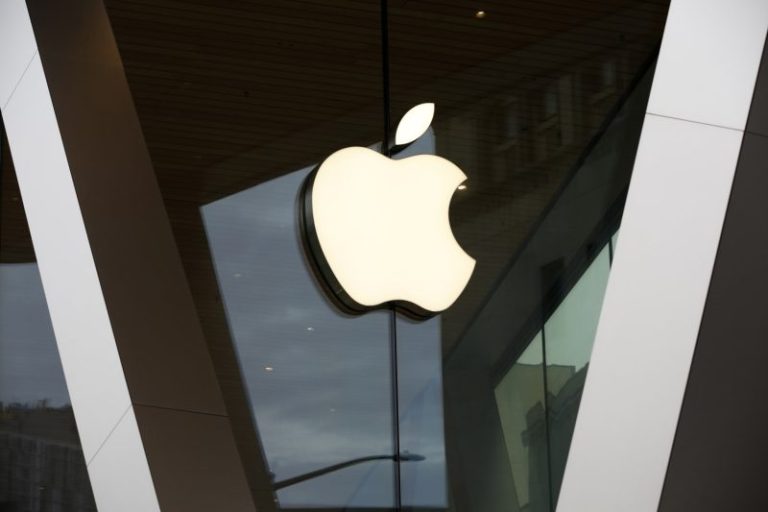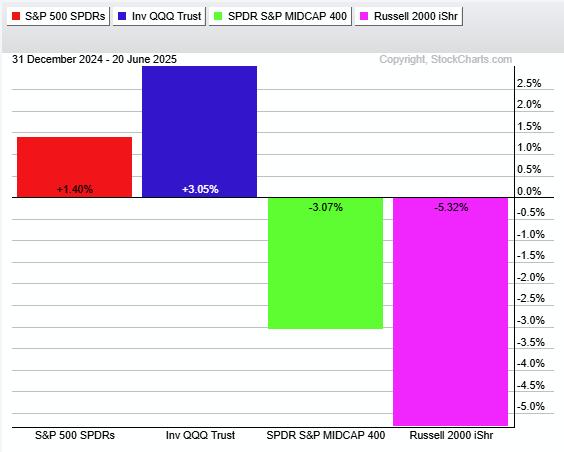Washington Commanders quarterback Jayden Daniels had one of the greatest rookie seasons by a quarterback in recent memory, and his team’s addition of wideout Deebo Samuel might make his 2025 stats look even better.
During an appearance as a speaker at Fanatics Fest over the weekend, Daniels expressed his excitement to join forces with the speedy receiver, whom the Commanders traded for in March. If things work out as the second-year quarterback hopes, he will get the double benefit of more passing yards for less effort.
‘I’m excited to throw him a little screen and hopefully on the stat sheet it says a touchdown for 80 yards and I didn’t have to do any of the work,’ Daniels joked in a video posted by The Sports Place.
There is some truth in Daniels’ joke.
In 2024, Samuel averaged 8.3 yards after catch per reception – the third-highest average of any wide receiver in the NFL. Only Denver Broncos wideout Marvin Mims and the Detroit Lions’ Jameson Williams were better after the catch, according to Pro Football Reference.
That’s a skill set the Commanders will be happy to have in their passing offense to complement that of lead receiver Terry McLaurin.
McLaurin earned his second career Pro Bowl nod in 2024 as he continued to find success over the middle and in deep parts of the field. According to Pro Football Focus, his average depth of target was 13.9 yards – 14th-highest in the NFL – but his yards after catch average was 3.6 – 59th in the league.
Samuel, meanwhile, had an average depth of target of 6.9 yards per PFF (89th) but averaged his aforementioned 8.3 yards after catch per reception to make up for it.
He joins the Commanders with hope on both sides that a change of scenery will help enable him to return to his 2021 levels of production, when he caught 77 passes for 1,405 yards – leading the league with his 18.2 yards per reception. In the three years since, Samuel has not surpassed 900 receiving yards.
In 2024, Daniels threw for 3,568 yards on a 69% completion rate with 25 touchdowns and nine interceptions. He led Washington to a 12-5 record during the regular season and took them to the NFC championship game, where they lost to the Philadelphia Eagles, the eventual Super Bowl champions.
Samuel finished the 2024 season with 51 catches for 670 yards and three touchdowns in the air. He also had 42 carries for 136 rushing yards and an additional touchdown on the ground.
All the NFL news on and off the field. Sign up for USA TODAY’s 4th and Monday newsletter. Check out the latest edition: The countdown to training camp is on.










